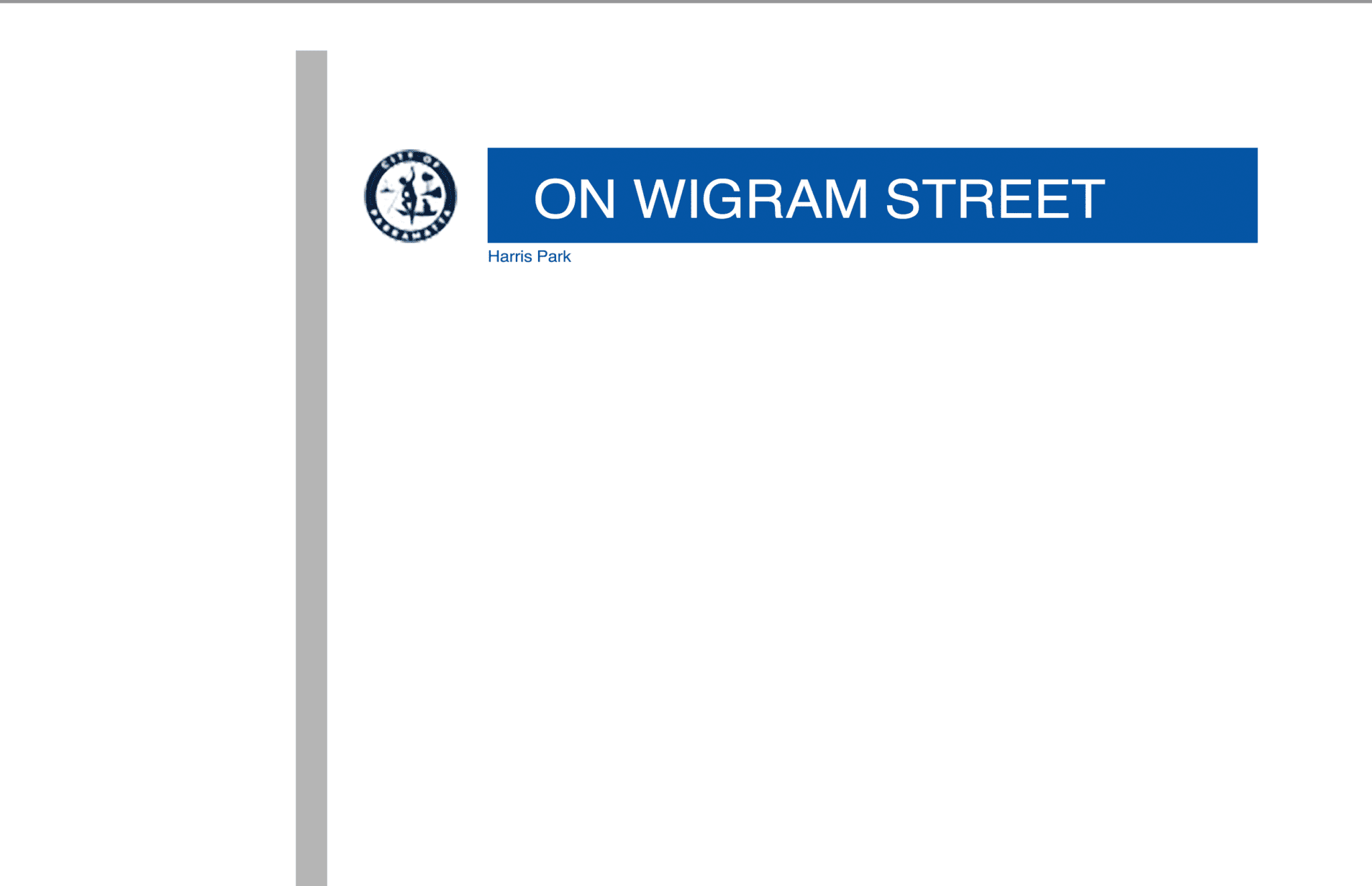Wigram Street, at least for now, has resisted the wave of gentrification which surrounds it. Situated in Harris Park, it has been left unsullied by the trend of “modernisation” that has unwoven the cultural fabric of neighbouring suburbs like Parramatta and Westmead. This has meant that in a city which seems determined to strip away its cultural hubs, Wigram Street survives as a sort of ethnic tour de force. And yet, despite its admirably persistent identity as a home for the Indian diaspora, to me Wigram Street is constantly changing.
I have quite fond memories of Wigram Street as a child. On any given night, six of us would pack ourselves into a five-seater car. I would sit comfortably on my grandmother’s lap and cause mischief with my cousin, as the adults discussed a recent bout of family drama that seemed quite foreign to us. Eventually, we’d reach the street, decorated with neon lights which accompanied an ensemble of loud conversations and pumping Punjabi music. My mum would park on a side street, next to a construction site (where something is yet to be built today). My cousin, sister and I would hop out and race up to Wigram Street, waiting patiently near a shop that sold pirated DVDs. On some days, my mother would take us into the shop and ask the store-owner if there were any good new movies. He would pull out a CD from under the register and place it loosely in a plastic sleeve with a poorly cut “3 in 1, best of Bollywood” logo on it. He would then assure us that it was a “high-quality” print – which usually meant that the guy filming the movie in the cinemas on his camcorder had quite a steady hand. After browsing the store for a little while, we’d go to one of the many restaurants and eat, what was at the time, quite a normal meal.
The first time Wigram Street changed for me was when I was thirteen years old. My grandmother (Ammu), who was my only grandparent living in Australia, had recently passed away and it was the first time I recall feeling a true sense of grief. Amongst the many memories I have of Ammu, there is one in which she would invite all her grandchildren over and cook parathas for us. I would sit at her kitchen bench-top eating gobhi paratha, listening to tales she would make up as she frantically attended to chores around the house. After she passed away, my mother and I would occasionally go to Wigram Street and reflect on moments we had shared with Ammu. There was one particular vegetarian restaurant which served authentic gobhi parathas. Although they didn’t quite measure up to Ammu’s, they were able to evoke memories of her that I was desperate not to lose.
As I moved into a predominantly white private high school, Wigram Street became a source of simultaneous cultural shame and relief. During that period, I undertook a long term project of assimilation which many second generation migrants go through. Part of that project involved distancing myself from my ethnicity at any cost. As I began to buy into the myth of my new transformed identity, Wigram Street became a place I resented. Despite being just ten minutes from the vast grounds of my elite private school, it was a place I wanted to stay as far away from as I could. Somewhat paradoxically, however, in rare instances where I gave in and accompanied my parents to Wigram Street, I felt a sense of unexplained ease I wasn’t able to experience elsewhere.
Nowadays, I’m not as personally invested in Wigram Street as I once was. It’s a place where my family and I can go to and laugh at the absurd experiences we had as a new ethnic family in Australia. Perhaps it’s somewhere that’s slowly making its way into my nostalgia. When I see young families walking down the street, though, I hope this place can do as much for them, as it has done for me.





